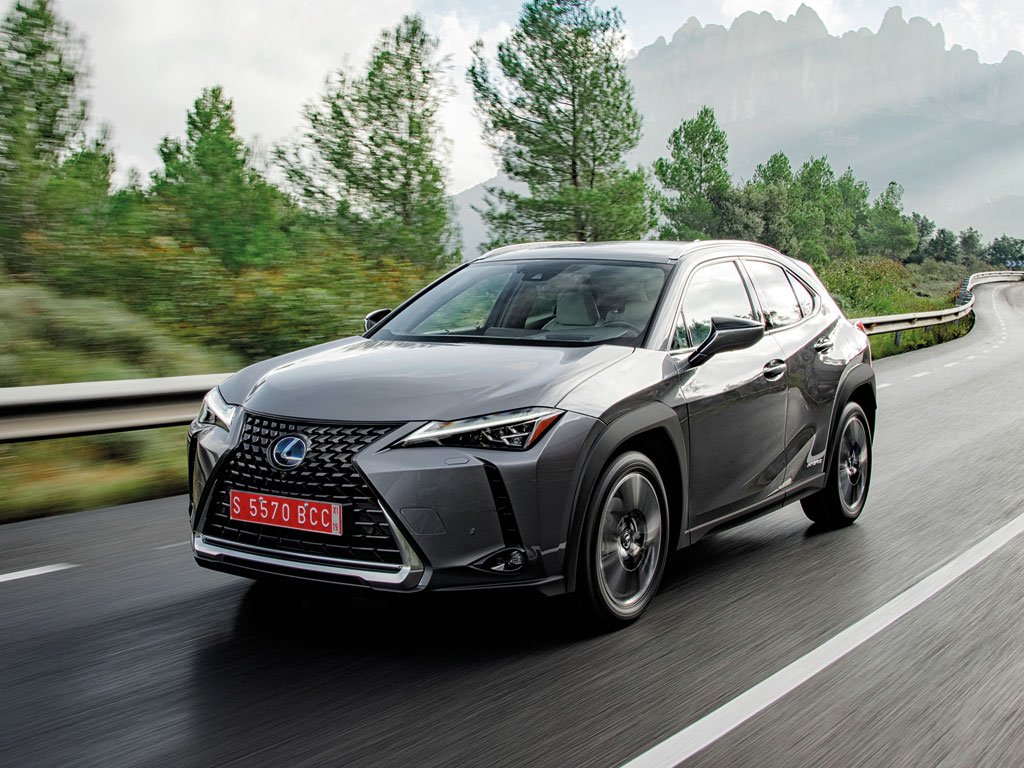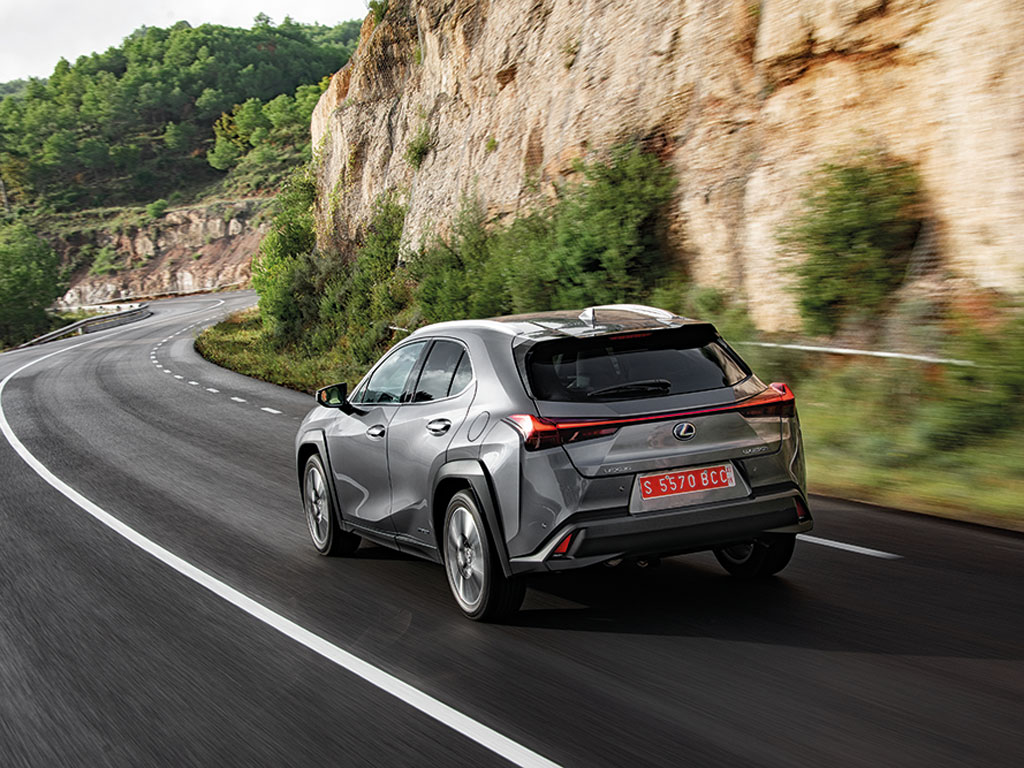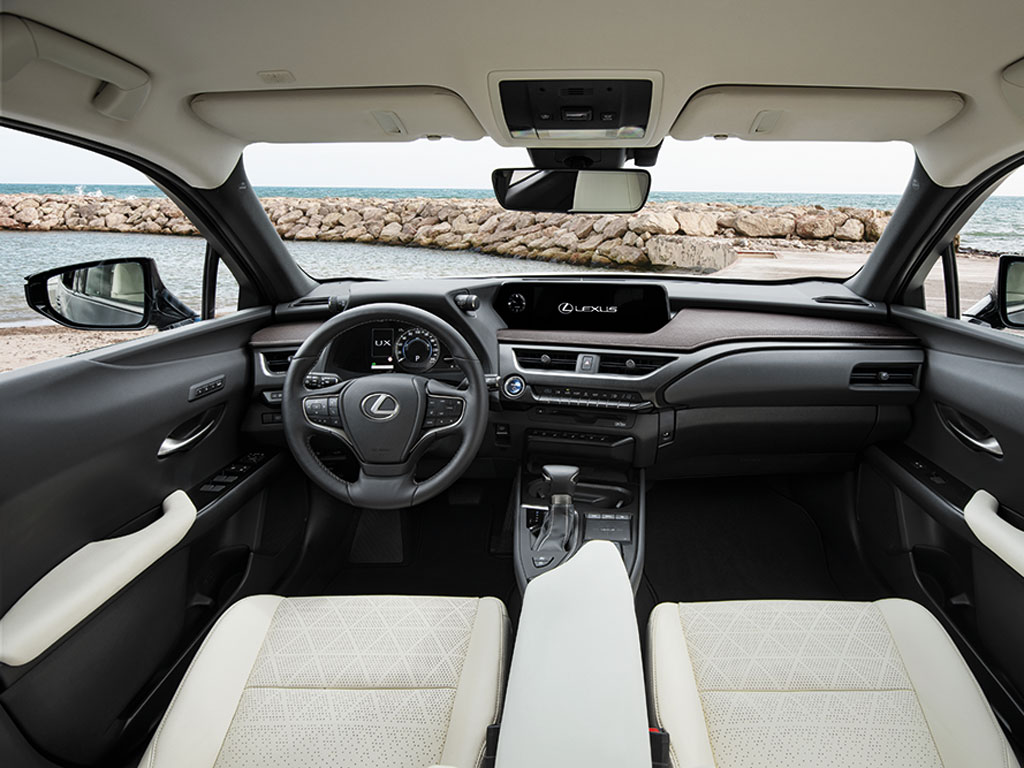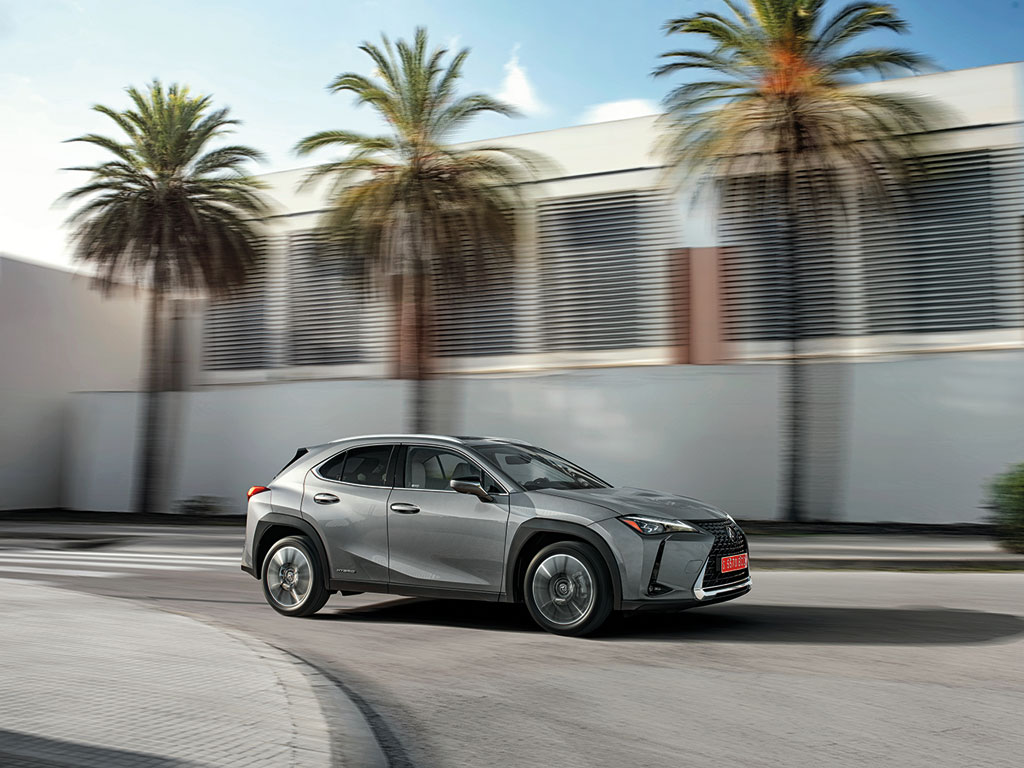Road Test: Lexus UX 250h
A C-segment luxury SUV that doesn’t break the bank? Lexus thinks it has the answer, discovers Jonathan Musk.
SECTOR C-SUV PRICE €36,490-€45,990 FUEL 3.7-4.1l/100km (WLTP) CO2 94-103g/km (NEDC Correlated)
Premium is mainstream, diesel is demoded and SUVs are in: all sentiments that play to the strengths of the new Lexus UX. And, with Lexus’ entry-level CT hatchback now in its ninth year of production (and despite a recent facelift), the UX is likely to encroach into would-be CT sales before its eventual replacement in a few years’ time too. Consequently, this is the right car at the right time for the Japanese luxury brand. The UX will act as a gateway model and should help the company achieve its target of 100,000 annual sales in Europe by 2020.
Fleets will be interested to learn Lexus’ bean counters have been hard at work and reckon between €5-8k could be saved over three years with the UX, compared to premium-brand competition including the Audi Q3, BMW X1 and Volvo XC40 – with expected depreciation, fuel consumption, SMR costs, and tax all taken into account.
Hybrid power bestows the UX with best-in-class CO2 of 94g/km (FWD variant), while fuel consumption is marginally better than the rest with a WLTP-high of 3.7l/100km.
Prices start from €36,490 for the base-level UX, while the F-Sport commands €45,990 and there’s also Luxury and a ‘Business Pack’ in certain markets. Alongside these grades, useful packs can be added to the base-model UX, bringing premium features. In addition, E-Four electric all-wheel drive may be specified to offer better grip but not at the expense of a mechanical system’s inefficiency. There’s no question then that the UX appeals to the mind, but what about the heart?
The hybrid system is powered by a new 2.0-litre petrol engine that boasts market-leading 41% thermal efficiency, while the electric element has been tweaked to deliver plenty of non-petrol power. For example during our time with the car the UX managed around 35% of journeys powered by electric. The hybrid system, however, never provides much of a thrill, with the car better looked at as a comfortable cruiser.
But there’s no denying its impeccable on-road handling; thanks to a low-centre of gravity it’s nimble and agile. Suspension is beautifully set up, providing a cosseting ride without jarring over traffic calming, and expressing low amounts of roll in corners.
Inside it’s a pleasant place to be, with plentiful attention to detail. Quality materials, engineered door shuts, sublimely comfortable seats and a
high-tech spec are stock across the board. Lexus’ Safety System+ comes as standard across all models too and incorporates cruise control, pre-collision system with pedestrian detection and so on. The 17-inch alloys even direct air onto the brakes and aid aerodynamics.
On the flip side, the UX’s compact size and rakish styling result in a distinct lack of luggage space and rear passengers aren’t treated to much legroom either. And then there’s Lexus’ fabled infotainment system, which is operated using a notoriously fiddly trackpad. However, International Fleet World can reveal that Lexus is working on replacing the system with an all-new touchscreen, although no more details are available as yet.
The Lowdown:
Key Fleet Model: UX 250h
Strengths: Luxurious ride, good handling
Weaknesses: Tiny boot, weak infotainment system
The Verdict:
Lexus’ entry into this segment wasn’t easy, but the company has come up with the goods. Only minor foibles catch out an otherwise impressive package.
Rating: 4.5/5





